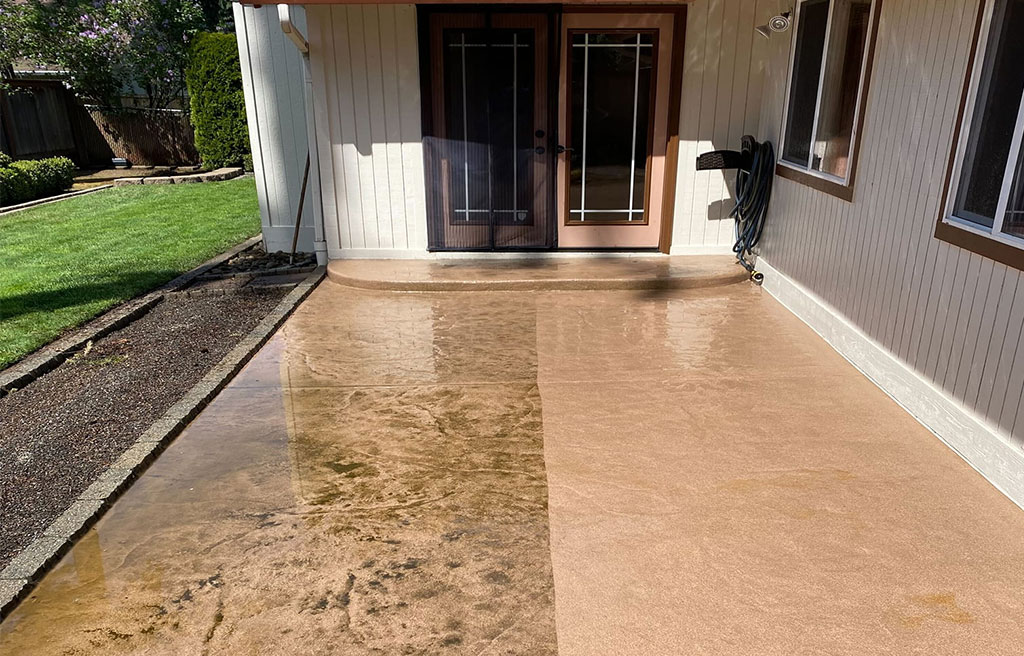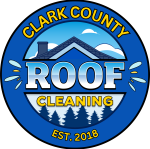Pressure washing is a powerful tool for cleaning various surfaces, but it comes with its own set of risks. Safety should always be a top priority when operating a pressure washer. In this guide, we’ll outline ten essential safety tips to ensure a secure and successful pressure washing experience.
1. Wear Appropriate Safety Gear:
Before you start, equip yourself with the right safety gear. This includes safety goggles or glasses, closed-toe shoes with slip-resistant soles, hearing protection, and waterproof clothing. These items will protect you from potential hazards like flying debris and water splatter.
2. Read the User Manual:
Familiarize yourself with the pressure washer’s user manual. Different models may have specific instructions and safety precautions. Understanding the equipment thoroughly will help you operate it safely and effectively.
3. Inspect the Equipment:
Before each use, conduct a thorough inspection of the pressure washer. Check for any visible damage or loose parts. Ensure that all connections are secure, and hoses are free of kinks or leaks. Never operate a faulty machine.
4. Choose the Right Nozzle and Pressure Setting:
Selecting the appropriate nozzle and pressure setting is crucial for different surfaces. Use a wide-spray, low-pressure nozzle for delicate materials like wood, and a narrow-spray, high-pressure nozzle for tougher surfaces like concrete. Always start with the lowest pressure setting and adjust as needed.
5. Maintain Proper Distance:
Maintain a consistent distance between the nozzle and the surface being cleaned. This is typically around 2-3 feet, but refer to the manufacturer’s guidelines for specific recommendations. Holding the nozzle too close can cause damage, while holding it too far can reduce cleaning effectiveness.
6. Test on a Small Area:
Before tackling a large area, test the pressure washer on a small, inconspicuous section. This allows you to gauge the appropriate pressure setting and distance without risking damage to the entire surface.
7. Work from Top to Bottom:
Start cleaning from the top of surfaces and work your way down. This ensures that dirt and grime flow away from areas you’ve already cleaned, preventing streaks or marks.
8. Use Detergents Safely:
If using detergents, follow the manufacturer’s instructions for dilution and application. Apply from the bottom up and rinse thoroughly. Avoid using harsh chemicals that could harm the environment or damage your equipment.
9. Be Cautious Around Electrical Outlets:
Avoid spraying water directly at electrical outlets or any exposed wiring. This can pose a significant electrical hazard. If possible, cover outlets with waterproof covers or tape them off to prevent water exposure.
10. Never Spray Upwards:
Avoid spraying upwards, especially on siding or roofing. Water can get forced behind siding or shingles, potentially causing moisture issues and damage to the underlying structure.
In conclusion, adhering to these ten essential pressure washing safety tips will help ensure a secure and successful cleaning process. Remember that safety should always come first, and taking the necessary precautions will lead to impressive results without causing harm to yourself, others, or the surfaces you’re cleaning.
Thanks for reading!


